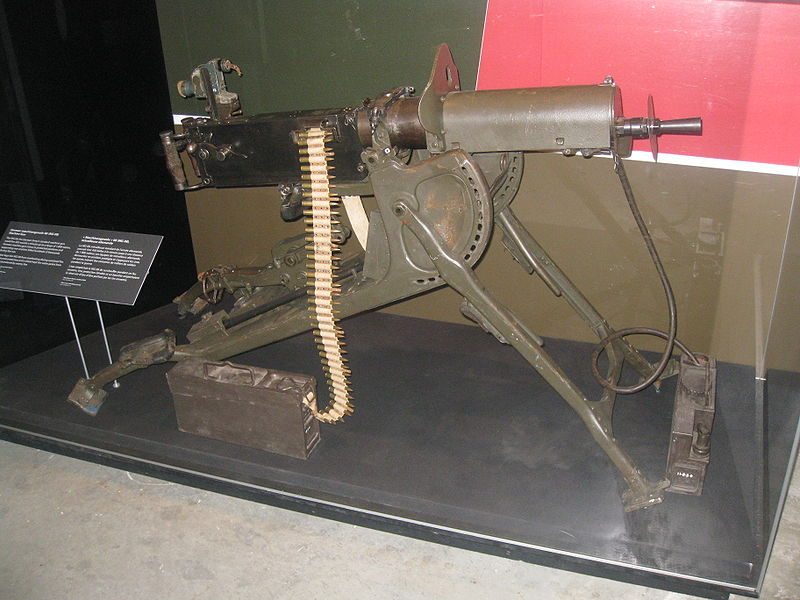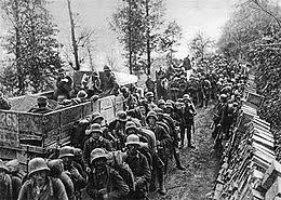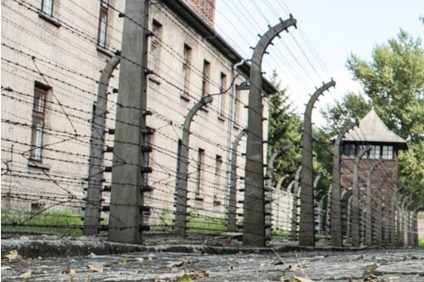Caporetto: the name of an obscure town, now Slovenian, has been synonymous with defeat for 101 years. In October 1917 in Caporetto the Italian army underwent a more dramatic reversal than elsewhere in its history, dramatic because it was fought in Italy. The cities of the north were endangered: Milan, Venice, Padua feared to see the invaders on their streets once again.
The defence
But Caporetto was also a beginning: 56 years after Unification, for the first time all Italians recognized themselves as a people and found themselves as one man fighting for their own land to defend and for their own flag. While the refugees were being given hospitality, the 18-year-olds reached the front. The line of defense settled on the Piave that murmured: “the foreigner does not pass”, at the same time the strategic salient of Mount Grappa stopped the Austro-German wave. "Monte Grappa you are my homeland" sang the Italians when the front stabilized and the army spent the winter in more garnished positions. The change at the top of the army brought a new strategy, the new specialty of the "Arditi" was completely reorganized with assault tasks and equipped with brand new weapons. 1918 became the turning point. In June, a new enemy offensive on Montello (TV) was stopped.

The heroes
In those days the ace of aviation Francesco Baracca lost his life on Montello, an unbridgeable loss for the new air force. In fact, it was not only a land war: the sky was furrowed by aircraft piloted by authentic knights of the air (Baracca came from the Cavalry Army). Their deeds astonished the world: on 9 August 1918 the eleven biplanes of the 87th squadron under the command of Gabriele D'Annunzio and Natale Palli flew over Vienna. It was an epic feat that shook the enemy without firing a shot or dropping a bomb. The Navy with mobile batteries defended the mouth of the Piave and Venice and brought the attack on large enemy ships. The Austrians lost the battleship Wien in Trieste in December 1917, the Santo Stefano in the Adriatic the following June, both attacked by Luigi Rizzo's MAS. On November 1, 1918, the raiders Paolucci and Rossetti sank the battleship Viribus Unitis in the port of Pola. On that day, however, the fate of the war was now decided.
Victory
On 24 October an intense artillery fire had started the Italian offensive: the Austro-Germans resisted fiercely, but on 28 October the Italian army crossed the Piave again and aimed at Vittorio Veneto who became the focus of the battle. After 51 months of war against the Austrians, the internal front failed and the retreat turned into rout: on 3 November the plenipotentiaries of all the armies involved on the Italian front signed the armistice at Villa Giusti (PD). On the same day the Italian cavalry entered Trento and the Bersaglieri disembarked from CT Audace in Trieste. The November 4, 1918 Marshal Diaz could issue the last war bulletin: the Victory Bulletin. The war was won, the unification of Italy completed.





